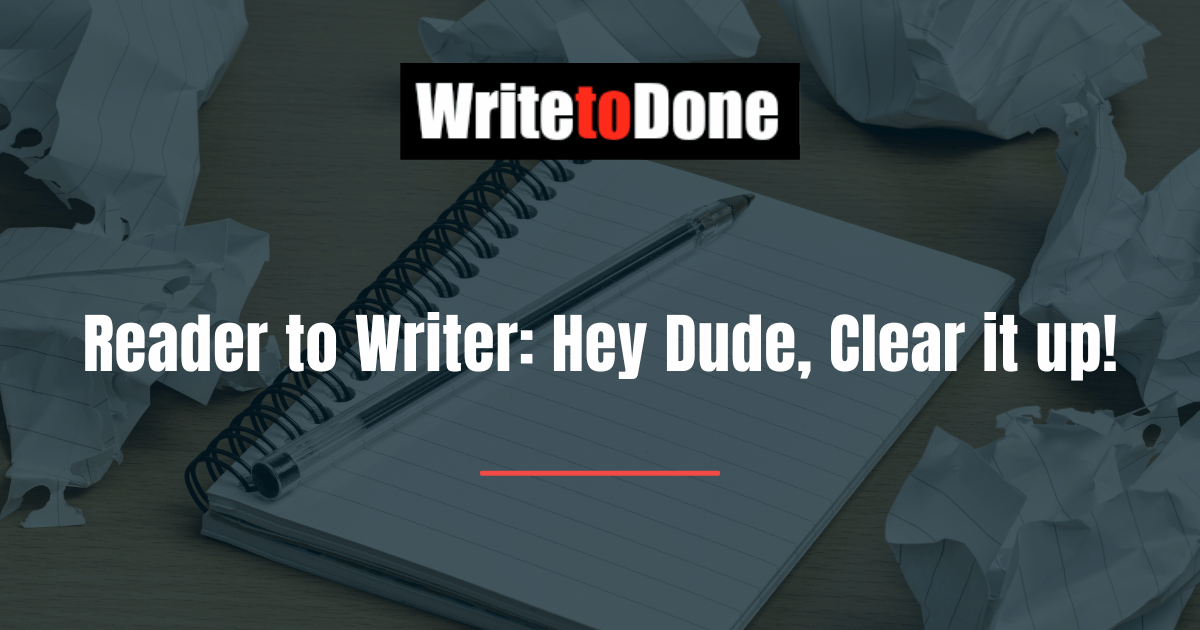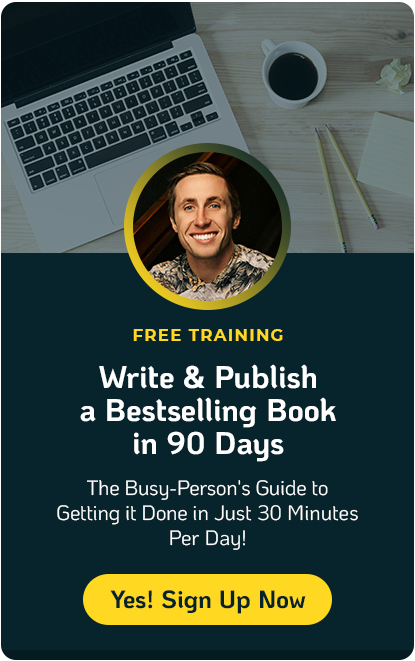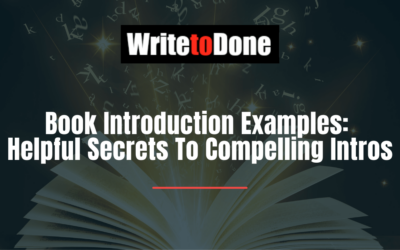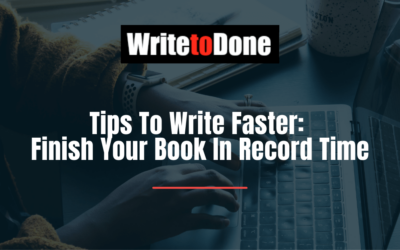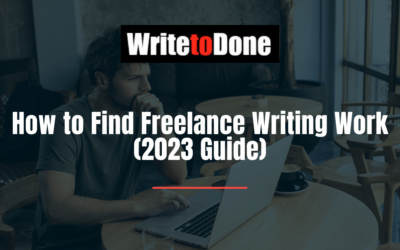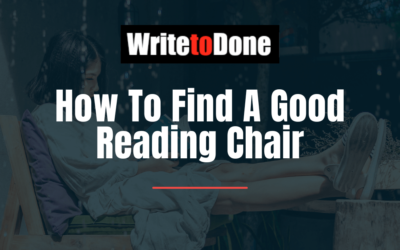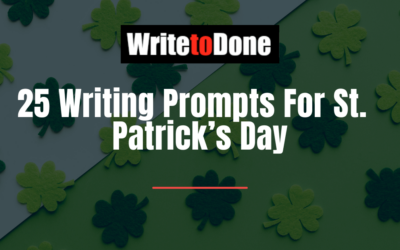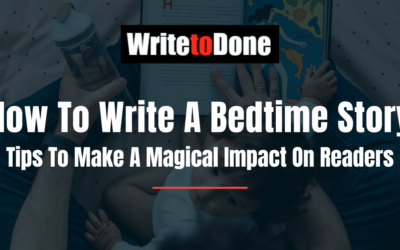A Guest Post by Bill Polm of Keys to Writing
Challenges every writer faces
One of the biggest challenges we writers constantly face is making sure our readers will understand clearly what we write, the way we want them to.
Is it clear?
One challenge is that most of what we write is clear to us. But that doesn’t guarantee our readers will see it the way we do. We can have a blindside when we write, sometimes more than one. If we’re not careful, we write so that we get it, but our reader doesn’t, at least not as well as we hope she does.
Another challenge is to put together our sentences in a sequence that sticks together, so that our ideas flow in an interconnected way and make sense. In writing terminology, we want it to be coherent. Will my reader be able to follow my thinking—easily?
So how can we go about writing this well?
By actively thinking like we do when we outline or plan a piece of writing. Whether we realize it or not, we are constantly answering this question: What do I need to put next? A piece of writing is built sentence by sentence, and it makes a big deal of difference what you wind up adding next, and then next….
The best way to do this is to stay actively aware of the direction your writing is going at each point–while you are pre-planning and also when you are in the midst of writing your piece.
The key is remembering this: There are only three directions you can go, no matter where you are in your writing. Simply put:
(1) You can add more specific sentences,
(2) less specific sentences, or
(3) sentences that stay at the same level of “specific-ness.”
This is outline-thinking, but in a way that is less obvious than the common outlining approach.
So as I write I ask myself questions like these:
- Will my reader get what I just wrote, or do I need to explain more, add an illustration, add some details? (That is, get more specific.)
- Should I move now to another of the points I want to cover (That is, on the same level as a previous point)?
- Or, am I done with this section? If so, then I need to change the subject to a degree (move in a less specific direction). Or am I all done with the writing project?
Such questions help me decide the direction I should go next. They also help me narrow down the many possibilities of what I can add. Here’s a simple illustration to make this approach clearer:
Building a coherent paragraph that keeps your reader in mind
Let’s say I’m putting together a magazine article about blogging and that my purpose for the article is to describe for my reader what I consider to be its important aspects. So I begin like this…
The internet has given birth to a whole new way of telling your story: Blogging.
That’s my topic sentence, informing my reader what my general subject is. Now do I need to get more specific with my next sentence? For sure. So I narrow down my subject to…
Blogging has a style all its own.
Now I ask, have I told my reader enough at this point? Certainly not. So again I need to get more specific with my next sentence.
It’s often personal.
That’s better. But does my reader know what I mean by “personal”? Maybe not.
So I add a specific example.
Bloggers often will share anecdotes from their daily lives.
Did that last sentence above give my reader enough detail? Maybe. But for this illustration, let’s say that it did. So I decide it’s time to move to another aspect of blogging style.
It’s paragraphs are usually short, with plenty of untouched white space between them, so that the content is easy to scan.
To a degree, that sentence above went in a less specific direction. So I’ve gone back to making my main points about blogging style.
One more sentence…
It’s sentences are mostly short too, making for easy reading.
Now my final example sentence above makes another point about blogging style, doesn’t it? It’s on the same general level as the sentence that begins “It’s paragraphs are usually short…” It’s another point on my list of blogging style aspects that I want to discuss.
Did you recognize above the three directions: getting more specific, getting less specific, and staying on the same level?
As we outline or write, with each sentence we add, we will move in one of those directions. Staying aware of those directions and asking the reader-oriented questions like those I mentioned above can make for crystal clear writing.
Two key exercises:
1. The next time you read another writer’s work that you like, outline a paragraph or two. Figure out as best you can, why the author chose to add each successive sentence.
2. Then, the next blog post you compose or article you put together, try writing (or, re-writing) it using the outline-thinking I described above. Use indents if you wish, as you write, for your more specific moves to make the directions obvious.
Try this way of outline-thinking.
You’ll be pleasantly surprised at how it helps you write your content with clarity. You may also discover that it has an added benefit: It actually helps you come up with new ideas.
Bill Polm has been writing most of his adult life. He has written professionally as a ghostwriter. He is the blogger and founder of Keys to Writing.
________________________________________________________________________________

